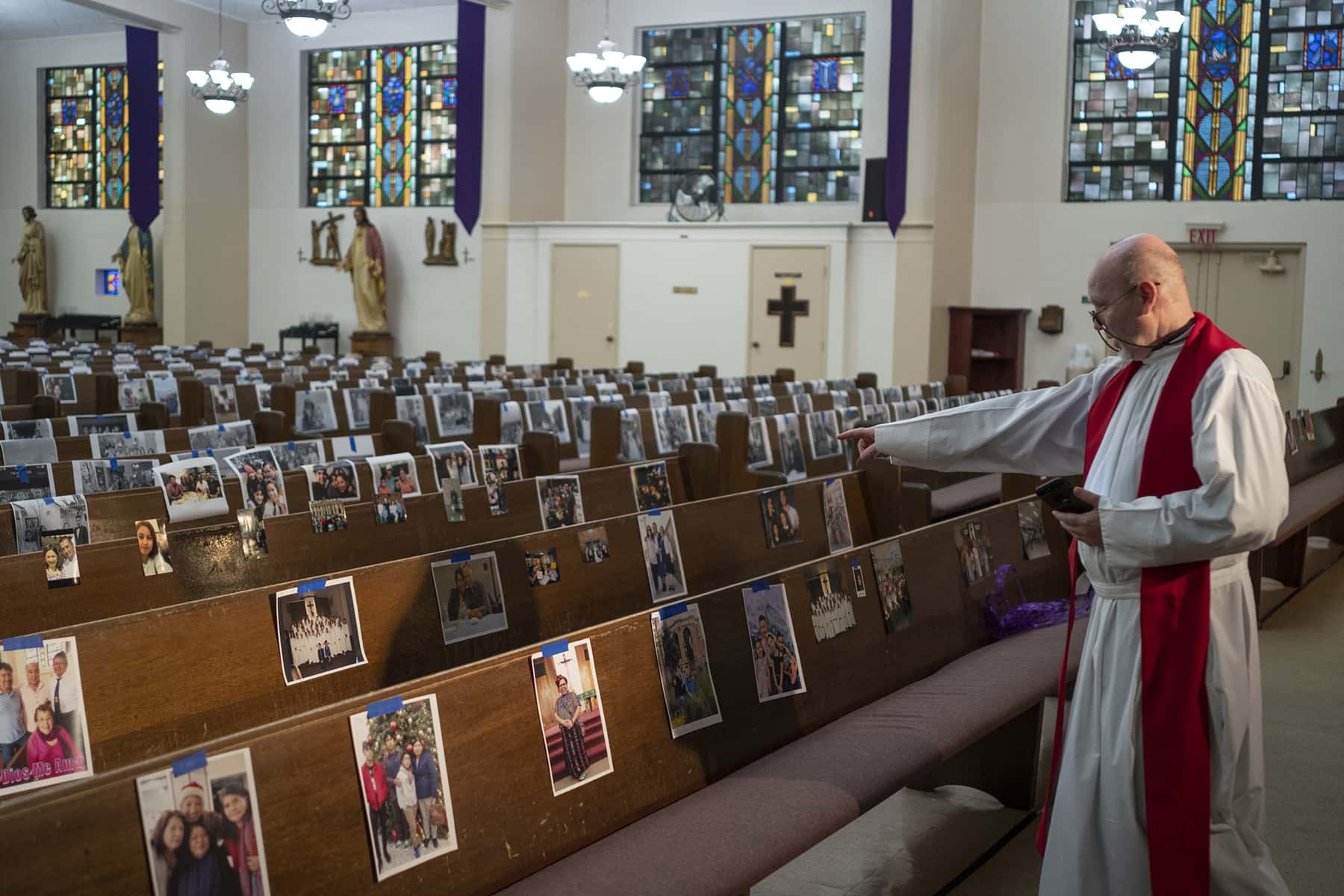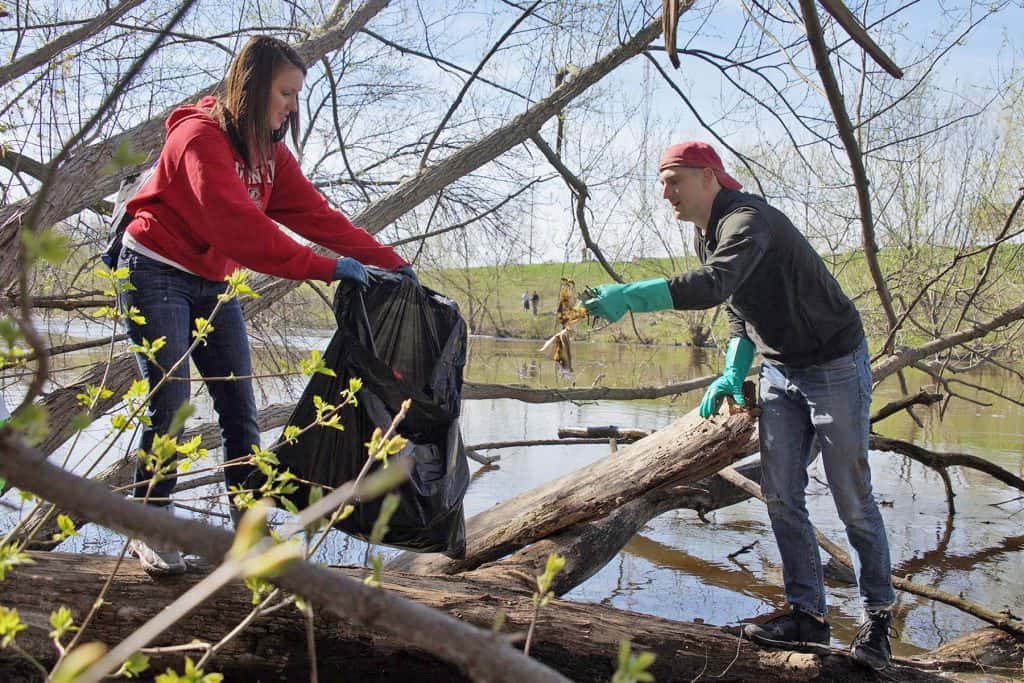
By Heidi A. Campbell, Professor, Texas A&M University
Calls for social distancing due to the coronavirus pandemic have forced churches to cancel weekly gatherings, with many church leaders moving worship online.
To help facilitate this, church consulting groups and religious leaders have posted a variety of guides to address concerns pastors have about technological issues and resources required to make this move. A survey of 1,500 church leaders in the U.S., released at the end of March, found 41% of pastors were struggling with the technological side of this move. The same study suggested that around half of church leaders struggled to create engaging interactions through online services – something I’ve found people long for, in my research on religious use of the internet.
What people want from online service
Since the early days of the internet, opportunities for distanced communication and online social interactions have helped the network to grow. In my 2005 book Exploring Religious Community Online, I documented how people built online religious communities between 1996 and 2001 and what factors caused them to engage heavily in a specific online group. My research looked at three online communities: a pentecostal-evangelical group focused on prophecy, an Anglican community and an interdenominational group created for visually impaired Christians located in the U.S. and the U.K.
Among the things that people most valued in their online communities is the ability to build relationships with people they would not be able to connect with offline. Online communities became a place of support, where they felt their presence and contributions were valued by others. For example, a lawyer from Michigan I interviewed from the online prophecy community said, “I’ve had communication online where I’ve really felt hugged when I really need it.”
Similarly, a man from the online Anglican community, based in the U.K., described his experience of feeling cared for online: “I’ve tried to leave the group three times due to the amount of time I spend online, but I’ve always rejoined because I miss the people, I miss the banter and I miss how they encourage me.”
Other researchers have also found that social interactions are important and highly valued by religious community members online. Scholar of digital religion Timothy Hutchings found Christian internet users create church groups online that provided close social and spiritual relationship something some found missing in their traditional churches.
Similarly communications scholar Pauline Cheong found Chinese Protestant immigrants invested in online community groups in order to strengthen their offline social networks and deepen interpersonal connections with members of their faith community. Both studies found that internet users highly valued the social relations they found online, which allowed them to expand their faith commitments offline as well.
Moving church online
Over the past month I have have watched over 60 online church services from different Christian denominations. From this I observed three common approaches. The majority of churches – 41 of the 60 – simply moved their traditional worship service online, trying to replicate their offline weekly gatherings as closely as possible. Many mainstream denominations and church leaders filmed themselves in empty sanctuaries, or with a few assistants, offering call and response liturgical readings or close-up sermons broadcast to their members.
Fourteen churches modified their worship rituals and spaces to fit into the limits of what a camera could capture. Many nondenominational and evangelical churches, who often already used digital and multimedia in their services, filmed their service in a studio or home setting. Using a talk show format, pastors served as hosts who introduced and treated other staff as interviewees on the pandemic. Their worship bands were presented like musical guests.
This talk show format used different camera angles, or fast cuts to different elements of the service to keep viewers attention. Yet similarly to the those simply replicating their services online, the experience for members appeared to be passive. The church service was simply a broadcast event; no social engagement with the leaders or other church members was offered.
Building online relationships
In only five instances did I observe churches distinctly trying to change the style and format of their services in order to create opportunities for members to communicate or interact with others. For example, I found that a nondenominational church in Texas modified its standard pattern of joyful praise songs followed by an emotional sermon into a fireside chat model. Ministers sat on couches, as if they were having a personal conversation with their members. In such churches, members were encouraged to share their prayer requests, through social media or texts.
In another example, a priest at an Anglican church in England created a multimedia experience that was streamed to her congregation. This included addressing members informally in front of a home altar, offering virtual procession on Palm Sunday using Google Maps’ street view and incorporating video clips of congregation members reflecting on worship activities.
She also found a dial-a-sermon telephone service that allowed her to create an option for congregants who did not have internet or were unable to work the technology. I saw a few other examples of churches experimenting with allowing members to pose questions or share thoughts via text message or Twitter during livestreamed Facebook services.
These examples are the closest to what my research spoke of nearly 20 years ago, about people wanting opportunities to make social connections online. As scholars observing online church developments over the past decade have stressed – people want interactive spiritual encounters with each other online.
This claim is also echoed by a study in 2017 on the livestreaming of worship events. Researchers found that when religious communities created opportunities for intimate and personal online interactions, especially beyond the online event, participants became more invested in the group.
The question to be asked at this time is whether churches can and are willing to try and create these types of connections and new opportunities for close communication via technology. These are the traits their members crave, especially during this time of uncertainty.
Damian Dovarganes
Originally published on The Conversation as How to build community while worshipping online
Support evidence-based journalism with a tax-deductible donation today, make a contribution to The Conversation.














